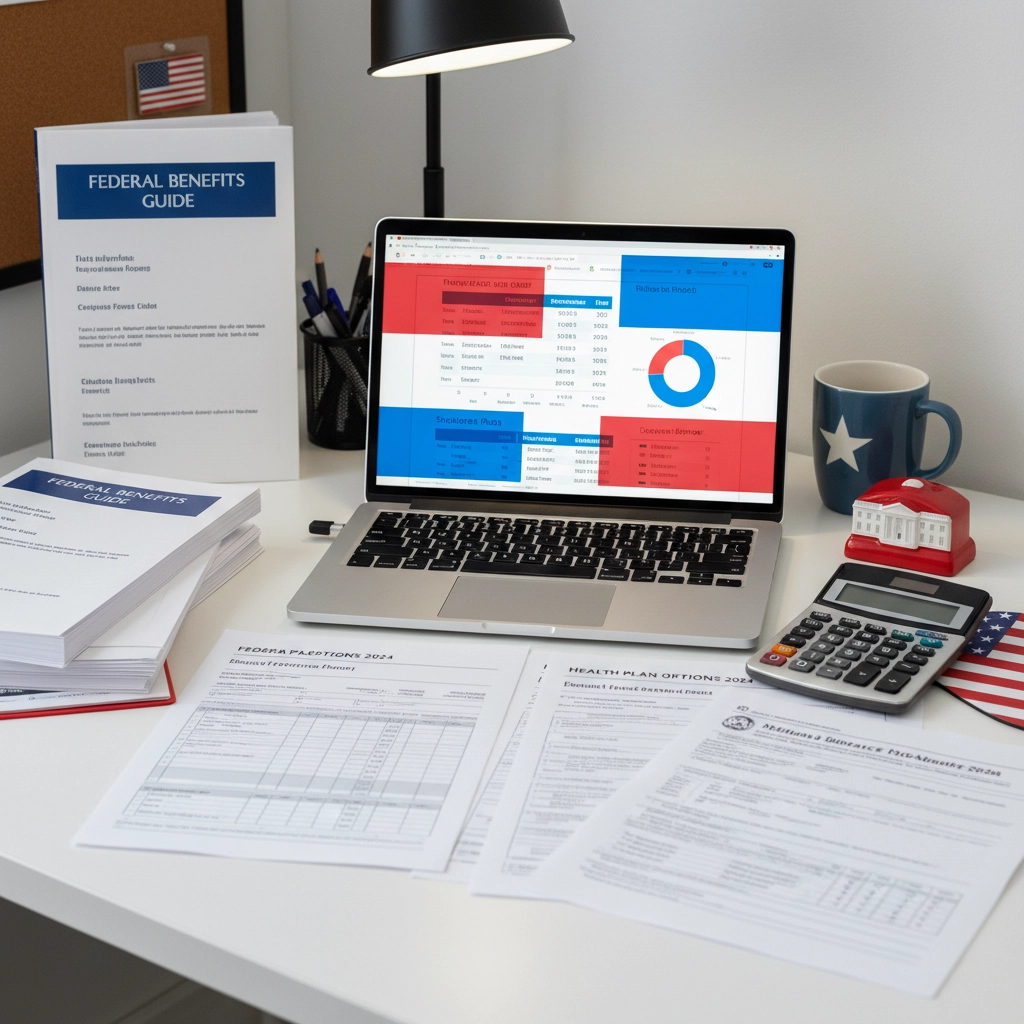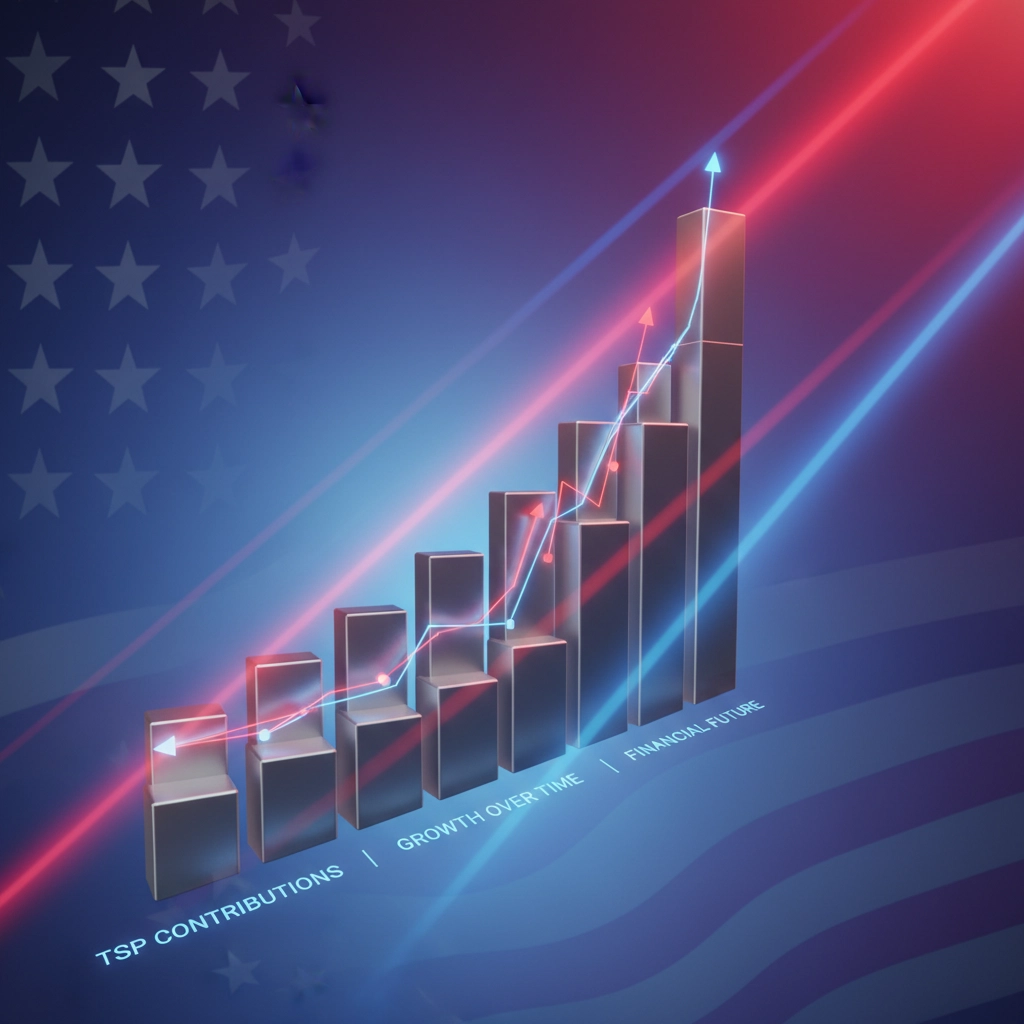Hey federal employees! As we wrap up 2025, there’s still time to make some smart moves with your benefits that could save you thousands in retirement. Whether you’re planning to retire soon or you’re decades away, these five steps can help you squeeze every dollar out of your federal benefits package.
Let’s dive into what you need to do before the clock strikes midnight on December 31st.
Step 1: Make Your FEHB Open Season Moves (If You Haven’t Already)
Deadline Alert: FEHB Open Season runs from November 11 through December 9, 2024, with changes taking effect January 12, 2025.
If you missed Open Season this year, don’t panic – but make a note for next year. For those who did make changes, now’s the time to double-check your decisions and prepare for what’s coming.
Here’s what you need to know: FEHB premiums jumped an average of 11.2% for 2025. That’s a big hit to your paycheck, but it also means your coverage is getting more valuable. With 64 plans offering 130 different options across 42 carriers, there are plenty of ways to optimize your coverage.
Key Action Items:
- Review your 2025 FEHB plan details when they arrive
- Check if your doctors are still in-network
- Calculate your out-of-pocket costs for planned procedures
- Consider setting up a Healthcare FSA if you didn’t already
Remember, your FEHB coverage is one of your most valuable benefits. It can follow you into retirement if you meet the requirements, which brings us to our next step.

Step 2: Max Out Your TSP Before December 31st
This is probably the biggest opportunity sitting in front of you right now. Every dollar you don’t contribute to your TSP before year-end is money you can’t get back – and money that won’t be growing tax-free (or tax-deferred) for your retirement.
The Math That Matters:
If you’re under 50, you can contribute up to $23,500 for 2025. If you’re 50 or older, you get an extra $7,500 catch-up contribution, bringing your total to $31,000.
Let’s say you’re 45 years old and you increase your TSP contribution by just $200 per month for the rest of the year. That’s an extra $1,600 in contributions. Assuming a 7% average return, that money could grow to about $12,800 by the time you’re 65. Not bad for a few payroll adjustments.
Smart TSP Moves to Make Now:
- Bump up your contribution percentage if you’re not maxed out
- Make sure you’re contributing at least 5% to get the full agency match
- Review your fund allocation (C, S, and I funds have historically outperformed G and F long-term)
- Consider Roth TSP contributions if you think you’ll be in a higher tax bracket in retirement
Important Note: TSP contributions come out of each paycheck, so if you want to increase your contributions for the rest of the year, you need to act fast. It usually takes 1-2 pay periods for changes to take effect.
Step 3: Verify Your FEHB Eligibility for Retirement
Here’s something that trips up a lot of federal employees: You need five consecutive years of FEHB coverage to carry your health insurance into retirement. Five years might not sound like much, but if you’ve had any gaps in coverage or switched between FEHB and other insurance, you could be in trouble.
Why This Matters Big Time:
FEHB in retirement is incredibly valuable. While your colleagues in the private sector are paying $1,500+ per month for health insurance in retirement, you’ll continue paying the same subsidized rates you pay now. Over a 20-year retirement, this benefit alone could save you over $200,000.
Action Steps:
- Check your SF-50s to verify continuous FEHB enrollment
- If you find any gaps, contact your HR office ASAP
- Understand how FEHB works with Medicare (spoiler: they work great together)
- Make sure your current FEHB plan makes sense for your retirement location
Pro Tip: Some federal employees think they need to keep the same FEHB plan for five years. That’s not true – you just need to be enrolled in some FEHB plan for five consecutive years.

Step 4: Submit All Your 2024 FSA Claims by April 30th
This one’s pretty straightforward but easy to forget. If you have a Healthcare FSA, Dependent Care FSA, or Limited Expense Healthcare FSA from 2024, you have until April 30, 2025, to submit your claims.
The “Use It or Lose It” Reality:
FSA money doesn’t roll over to the next year (with small exceptions). If you don’t submit claims by the deadline, that money is gone forever. We’re talking about your money – money that was taken out of your paychecks throughout 2024.
What Counts as Eligible Expenses:
- Medical, dental, and vision costs not covered by insurance
- Prescription medications and over-the-counter items with a prescription
- Dependent care expenses like daycare, after-school programs, and summer camps
Quick Action Plan:
- Log into your FSA account and check your balance
- Gather receipts for eligible expenses from 2024
- Schedule any pending medical appointments before March 15th (the grace period deadline)
- Submit claims well before the April 30th deadline
Remember, you have to actively re-enroll in FSA each year during Open Season – it doesn’t automatically continue.
Step 5: Get Serious About Your Retirement Timeline
If retirement is anywhere on your radar for the next 5-10 years, now’s the time to start planning seriously. The decisions you make in your 50s and early 60s can literally make or break your retirement financial security.
The One-Year-Out Game Plan:
- Get an official annuity estimate from your HR office
- Attend pre-retirement seminars (they’re usually free and incredibly helpful)
- Start thinking about where you want to live in retirement
- Begin calculating your total retirement income (TSP + annuity + Social Security)
Six Months Before Retirement:
- Notify your supervisor and HR officially
- Submit your retirement application
- Make final decisions about TSP withdrawals vs. leaving money invested
- Finalize your FEHB and FEGLI elections for retirement
Three Months Before Retirement:
- Ensure all your paperwork is submitted and processed
- Set up a bridge fund for the gap between your last paycheck and first annuity payment
- Coordinate TSP and Social Security timing for tax efficiency

The Timing Sweet Spot:
Your retirement date affects everything – your annuity calculation, when benefits kick in, even your taxes. Most financial experts recommend retiring at the end of a month to maximize your annuity, but there are other considerations like your TSP balance and Social Security optimization.
The Bottom Line: Don’t Leave Money on the Table
Look, federal benefits are complicated. There are deadlines, rules, exceptions to rules, and exceptions to the exceptions. But here’s what’s not complicated: taking action now will put more money in your pocket later.
Every federal employee’s situation is different. Your age, your retirement timeline, your family situation, your health – all of these factors should influence your decisions. That’s why it’s worth sitting down with someone who understands the federal benefits system inside and out.
Ready to Get Your Benefits Optimized?
Don’t let another year slip by wondering if you’re making the right choices with your TSP, FEHB, and retirement planning. The decisions you make in the next few weeks could impact your financial security for decades.
Schedule a free benefits review and let’s make sure you’re squeezing every dollar out of your federal benefits package. Our team has helped thousands of federal employees optimize their benefits, and we’d love to help you too.
Important Disclaimer: This information is for educational purposes only and should not be considered personalized financial advice. Every federal employee’s situation is unique, and you should consult with qualified professionals before making significant financial decisions. Do your own research and consider seeking independent professional guidance for your specific circumstances.
Time’s ticking on 2025 – but there’s still time to make moves that’ll pay off for years to come. Don’t wait until January to start thinking about this stuff. Your future self will thank you for taking action now.



